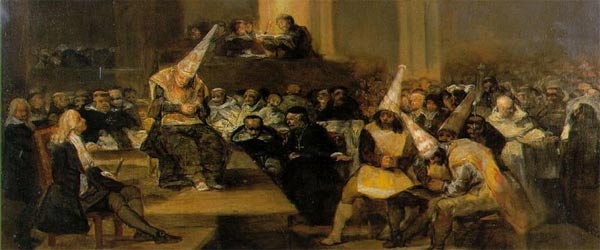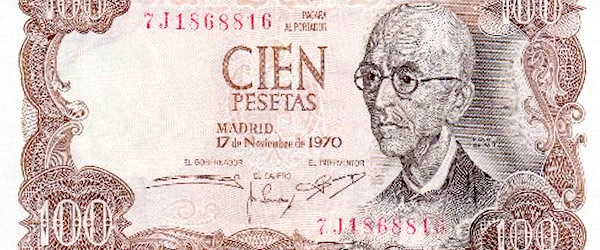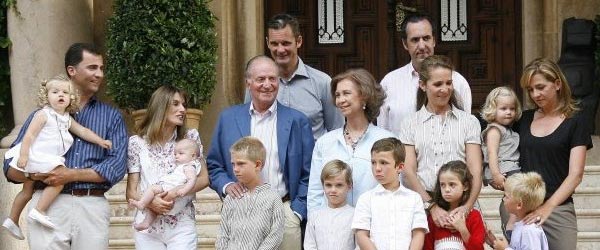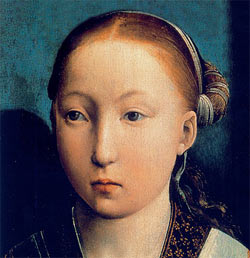The Spanish Inquisition | DonQuijote

The Spanish Inquisition lasted from 1478 to 1834. The definition of Inquisition is as follows: "A court of the Roman Catholic Church, charged with the detection, investigation and punishment of heretics."
Yet the definition of Spanish Inquisition is slightly different and reads as follows: "The Spanish Inquisition was established in 1478 for the purpose of upholding Catholic orthodoxy. It was not abolished until 1834 during the reign of the Spanish Catholic monarch Isabella II. The Inquisition was used to impose religious unity on the people, thus the Inquisition became a political tool of power."
Christianity was the most well-known faith in the earlier centuries that had many followers around the world. Many Catholic rulers wanted to preserve Christianity and wanted to convince anyone who believed something else to Christianity, if the person did not want this he/she was persecuted.
Capture
After someone was imprisoned, the case was investigated by "calificadores." These were responsible for whether someone was found guilty of heresy or not during the Spanish Inquisition. If this was the case then the person was imprisoned. Sometimes the "calificadores" would take people into preventive detention. This period could last for two years in some cases. Also, the prisoner was not told what the charges were, in most cases they did not know for years what they were accused of. The prisoners could not leave their cells during their imprisonment; everything was isolated. In 1483, stricter inquisitors were appointed and from then on faith courts were established in all the main towns, the prisons were named holy houses (casas santas).
Trial
The trial itself consisted of a few hearings with both the accuser and the accused both allowed to tell their own stories to the inquisitors. The accused was assigned someone from the tribunal to advise the accused to tell the truth. Also present was an official who kept notules. The accused had two opportunities to defend himself during the Spanish Inquisition; first, finding a witness in his favor (abonos), or second, proving implausibility of the accuser (tachas).
The Spanish Inquisition was never really interested in witch hunting. There were two reasons for this, first, because the Catholic Church already had enough scapegoats in Jews and Muslims, and second, because Christianity had more enemies outside Christianity than inside Christianity (as heretics and later witches).
The end of the Inquisition
The end of the Spanish Inquisition was in 1843, but actually it had not been active since 1700. When the Catholic prince el Borbón came on the Spanish trome, the Spanish Inquisition had already come to an end.
Precise figures on the number of trials and results during the Spanish Inquisition have never been fully ascertained, as many documents have been lost. In the most gruesome years of the Spanish Inquisition, there were about 44,000 trials. According to documents, 1.6% ended with a death sentence (700 people).
Many people died during the years of the Spanish Inquisition. Today there are still groups active that want to continue the Inquisition ideology. Fortunately, we can also respect each other today, but the topic of faith will always be sensitive in politics and beyond.



 This year’s Royal wedding was proof of how much the Brits (and the rest of the world it seems!) love their royal family. But did you know that throughout the long history of Britain’s monarchy a few Spaniards have been in there too?
This year’s Royal wedding was proof of how much the Brits (and the rest of the world it seems!) love their royal family. But did you know that throughout the long history of Britain’s monarchy a few Spaniards have been in there too?